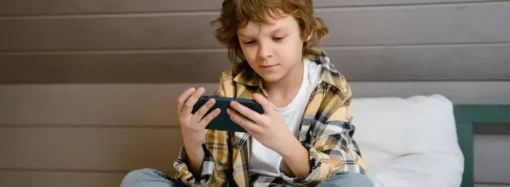What happens at the University of Michigan Medical School when an employee practices making fishing knots with surgical rope and the knot is found? The dean of the medical school, Dr. Marschall Runge, jumped to the conclusion that the knot was a noose; a hate crime had occurred:
We have taken immediate action to have this investigated as both an act of discrimination and a criminal act of ethnic intimidation. This act of hate violates all of the values that we hold dear and will not be tolerated.
Even after the University of Michigan police investigated the incident and discovered the innocent nature of the knot, Runge was unapologetic. While admitting the incident was innocent, Runge claimed the fishing knot “has affected the entire community, and many experienced intense emotional reactions.”
Our community came together to support each other, reaffirmed our stance against hate, and began having open dialogues about this incident and ways to make our community more inclusive.
We continue to stand strong as we make it clear to all that this organization — its leaders, faculty, staff and learners — fiercely values and defends equality, inclusiveness, respect and dignity for all, and the elimination of discrimination and intimidation in all forms.
If Runge decides his error means the University of Michigan needs to spend more money combatting bias he will probably face little opposition. Mark Perry, an economics professor at the University of Michigan at Flint calculated in 2018 that the University of Michigan “has nearly 100 diversity administrators, more than 25 of them earning over $100,000 a year.” Perry estimated the budget of those administrators at about $11 million annually.
When your career depends upon finding bias, you will probably find bias. The more bias you find, the more successful you will be – you’ll need to hire still more diversity administrators – and as you do, you will get promoted up the diversity administrator ranks.
Few will be brave enough to object to the growing expenditures; and if they do, the objectors will be accused of bias.
The Alternative
Dean Runge could have used his mistake as a teaching opportunity about confirmation bias.
In his book You Are Not So Smart, David McRaney explores confirmation bias: “You want to be right about how you see the world, so you seek out information that confirms your beliefs and avoid contradictory evidence and opinions.” The dean saw a knot, and the only explanation he could imagine is that it was a noose.
McRaney points out that confirmation bias is hard to overcome:
Half a century of research has placed confirmation bias among the most dependable of mental stumbling blocks. Journalists looking to tell a certain story must avoid the tendency to ignore evidence to the contrary; scientists looking to prove a hypothesis must avoid designing experiments with little wiggle room for alternate outcomes. Without confirmation bias, conspiracy theories would fall apart.
In his fantasy novel The Truth: A Novel of Discworld, Terry Pratchett has one of his characters observe:
Be careful. People like to be told what they already know. Remember that. They get uncomfortable when you tell them new things. … In short, what people think they want is news, but what they really crave is olds . . . Not news but olds, telling people that what they think they already know is true.
Overcoming confirmation bias begins by considering alternative explanations and considering contrary evidence.
Is a noose the first thing most people think of when they see a knotted surgical rope?
In her book The Blind Spot Effect, Kelly Boys asks, “Just think of the last time you vehemently believed something that turned out to be untrue.” She continues,
Oh, wait… it’s not that easy to remember, is it? We’re so good at trusting that we’re rational! Our minds confirm our ideas as if they are objectively true and we miss what is right in front of us even if it may be plain for others to see.
Misdiagnosis is a persistent and dangerous error among doctors. Errors begin when doctors jump to a conclusion. Dean Runge is modeling doing just that. He could do more good and save lives by teaching about confirmation bias.
NOTE TO READERS: The original article misstated the name of Dean Runge. We apologize for the error.
—
[Image Credit: PXHere]
















Leave a Comment
Your email address will not be published. Required fields are marked with *